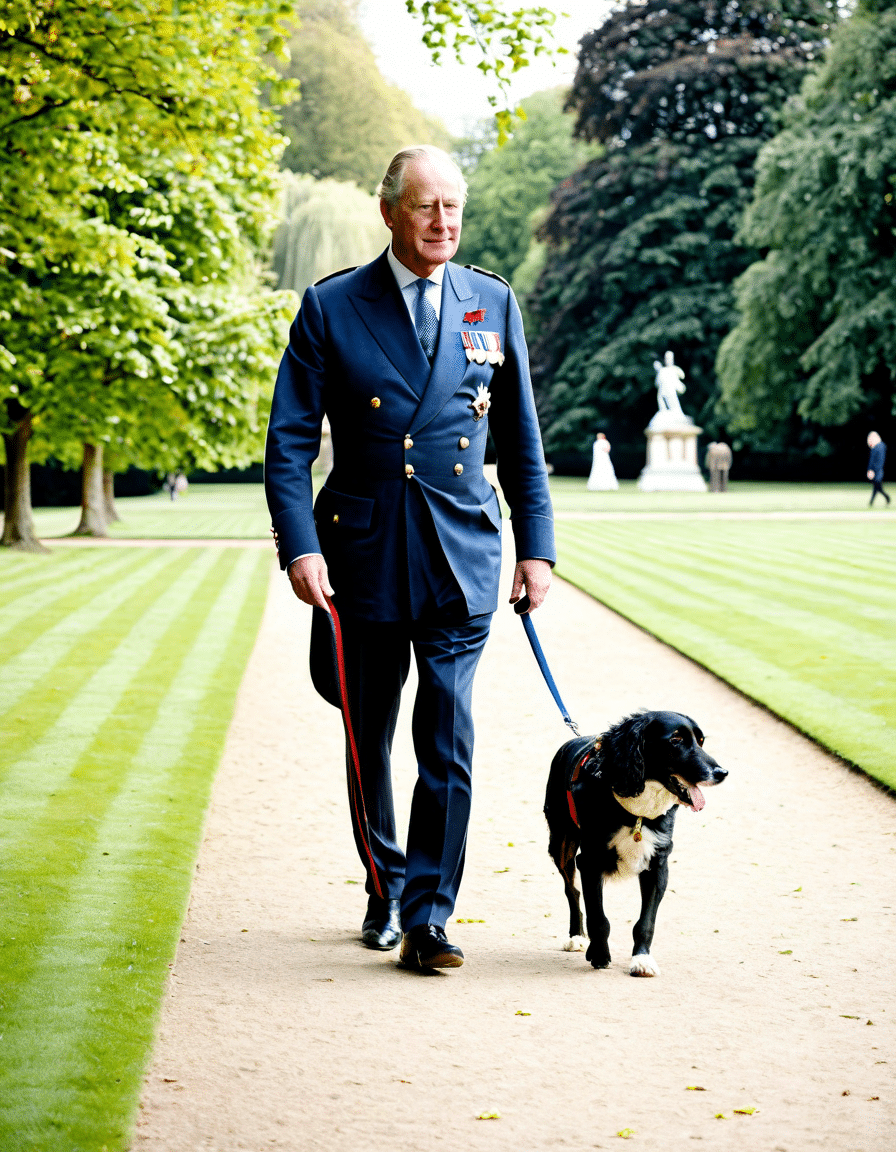
The Journey of the Boys in the Boat: A Testament to Perseverance
Boys in the boat—those five words encapsulate not just a rowing team, but a saga of determination, loyalty, and unwavering grit. The University of Washington’s rowing team, comprised of young men from humble beginnings, set sail into the roaring tides of the Great Depression, turning adversity into an extraordinary triumph. Picture this: the backdrop of the Pacific Northwest, where rugged landscapes mirror the tenacity of its inhabitants. These boys faced financial hardships, dealt with family obligations, and weathered societal upheavals, yet found common ground in their passion for rowing.
Many of these athletes hailed from working-class families, where every penny mattered. Like the characters in “Little House on the Prairie,” they understood the true essence of hard work, camaraderie, and dreams stirred by hope rather than riches. Amidst late-night practices and grueling workouts, the boys in the boat forged bonds deeper than friendship; they became brothers fighting for a shared goal that spanned beyond their individual aspirations. Their pursuit of excellence carried them through the tumultuous waters of life, ultimately leading them to the gold medal at the 1936 Berlin Olympics.
The culmination of their struggles brought about a legendary race, but reaching that point required sheer resolve. Along the way, they channeled their experiences into a cooperative approach, embodying the belief that a united front triumphs over solitary pursuits. These lessons weren’t just about rowing; they were life lessons wrapped in the fabric of an inspiring narrative that has enchanted generations.

The Top 7 Values Shaped by the Boys in the Boat
The boys in the boat were more than just athletes; they were paragons of fundamental values. Their journey illuminated key lessons relevant to us all today. Let’s dive into the seven essential values they embodied:
Behind the Scenes: Training and Tactics of the Boys in the Boat
Now, let’s peek behind the curtain and explore the rigorous training and tactics that birthed the legendary boys in the boat. Their training was a synthesis of sweat, strategy, and an infectious spirit. With mornings gray and the air chilly, practices started before sunrise, channeling hard work into an art form.
The boys diverged from the conventional techniques of their counterparts. Utilizing an innovative blend of endurance training and teamwork drills, they fostered synergy and developed their unique rowing style. If you’re curious about the best shoes for walking through those grueling sessions, check out the best hoka shoes For walking. Comfort matters when training to become champions!
Analyzing their tactics reveals a story of not just physical execution but also mental prowess. Celebrated coaches and historians highlight their ability to adapt, tweak, and overcome, blending old-school hard work with concepts that lay the groundwork for contemporary rowing practices. Their training tactics paralleled the methodological approaches often depicted in literature, showcasing perseverance that is transcendent across time and disciplines.
Analyzing the Rivalry: The International Landscape at the 1936 Olympics
When the boys in the boat entered the competitive landscape of the 1936 Berlin Olympics, they faced not just athletes but a political maelstrom. Germany’s regime loomed large over the event, making the rowing competition a backdrop for ideological battles forged in the flames of the era. Picture them confronting powerhouse teams from Italy and Great Britain while holding their heads high amidst the escalating global tensions.
The stakes were not merely personal; they were representative of broader ideals. This competition wasn’t just about medals; it was symbolic of freedom and unity versus oppression. This conflict entwined sporting endeavors with poignant moments of history, urging the boys to dig deeper for their motivation.
Amidst this wartime intensity, the boys in the boat remained focused on their mission. They rallied together, locking eyes, hearts, and dreams as they prepared to launch into the waters. The blend of athletic rivalry and national pride turned their journey into something much grander, capturing the imaginations of spectators everywhere, much like the epic tales spun in literature.
The Legacy of the Boys in the Boat: Inspiration Through Generations
The boys in the boat’s legacy continues to ripple through the world of sports. Their challenge remains a source of inspiration for modern rowing teams and athletes worldwide. By embracing core values like resilience and teamwork, current athletes channel the lessons learned from these remarkable young men, crafting their own stories of valor and pursuit.
Modern coaches have incorporated insights from this legendary crew into training regimens and motivation techniques. In interviews, contemporary athletes often point to the boys in the boat’s experiences as reawakening the spirit of ambition, fearlessness, and the lifelong bonds formed through shared goals.
To this day, the story of the boys in the boat weaves through gymnasiums and athletic fields, underlining the principle that triumph in sports—much like in life—depends on unity, courage, and the hope for a better tomorrow, reminiscent of the familial themes found in “Flowers in the Attic” that resonate with many.
The Emotional Resonance of Victory: Impact on the Boys in the Boat
Victory wasn’t the finish line; it marked the beginning of emotional connections. The gold medal was a tangible symbol, but the impact extended far beyond the podium. Personal narratives from the boys speak of bonds formed under pressure, friendship nurtured through adversity, and an everlasting sense of community.
Their triumph resonated deeply within their community, transforming not just their lives but inspiring countless others. Achievements encapsulated in moments of glory blossomed into lifelong relationships. Just as the theme of familial love echoes through the pages of “Flowers in the Attic,” so did the boys’ experiences create an unbreakable tapestry of shared memories.
The victory also ignited a collective sense of pride that rippled throughout America. It kindled hope against a backdrop of despair, spinning a narrative that encouraged future generations. People from all walks of life began to realize that teamwork, sacrifice, and hope could yield extraordinary outcomes—lessons that remain significant today.
A Reflection of Human Spirit: Triumph Beyond the Medal
As those boys in the boat crossed the finish line, they did much more than just clinch a gold medal; they carved their fortitude into the annals of history. Their tale isn’t solely about athletic prowess but encapsulates the enduring human spirit. They championed the idea that dreams can be realized through dedication, unity, and resilience.
Their story resonates now more than ever, inviting all of us to reflect on our challenges and triumphs. Whether you’re an athlete or simply in pursuit of your passion, let this saga inspire you to rise against adversity. From the tides of despair to the shores of victory, the boys in the boat stand as living proof that through grit, strength, and shared hopes, we can all navigate life’s turbulent waters.
Triumph is attainable, and with it, we remind ourselves that adversity can forge the strongest of bonds. The journey of the boys in the boat is a captivating testament—a saga for dreamers, the resolute, and anyone willing to face the winds of change while keeping hope alive. So, take a page from their story and propel yourself forward; as history has shown, there’s a gold medal waiting for those brave enough to row against the tide.
Boys in the Boat: Triumph and Trivia
An Unlikely Olympic Win
Did you know that the “boys in the boat” were influenced by a variety of factors, including their intense camaraderie? Trust, which is a vital element for any team sport, had a different definition for these rowers, as they learned to rely on each other’s unique strengths while pushing through the economic struggles of the Great Depression. This bond not only helped them in the boat but also formed their resilience off the water, a quality that mirrors themes found in beloved stories like the Harry Potter series, where friendship and loyalty triumph over adversity.
The Journey to Gold
Rowing isn’t just a sport; it’s a dance of precision and strength. The boys in the boat trained exhaustively, facing early mornings and grueling workouts. Such dedication is no different than the meticulous preparation seen in movie franchises like the Friday The 13th Movies, where character development and plot twists keep the audience engaged. Speaking of twists, the evolution of sports gear over the decades is fascinating! Much like the rise of the electric minivan, which redefines transportation with sustainability, advancements in rowing technology have enhanced athlete performance.
The Culture of Rowing
The triumph of the boys in the boat transcended the sport, influencing popular culture, much like the enchanting locations found at the Bellagio hotel. The glamour and grandeur serve as a backdrop for unforgettable stories, much like the rowing tales that inspire many. Plus, if you look closely at how teams function, they’re remarkably akin to the ensemble cast of SpongeBob, where each character plays a vital role in making the whole narrative work. It’s this connection, through teamwork and trust, that truly captures the essence of these young athletes as they made history in their pursuit of gold.
In closing, the journey of the boys in the boat teaches us that success is more than just winning; it’s about the relationships and experiences that shape us, much like the personal narratives seen in the virgin tightening surgery before And after Pictures that highlight the physical and emotional transformations individuals undergo in search of fulfillment.
































